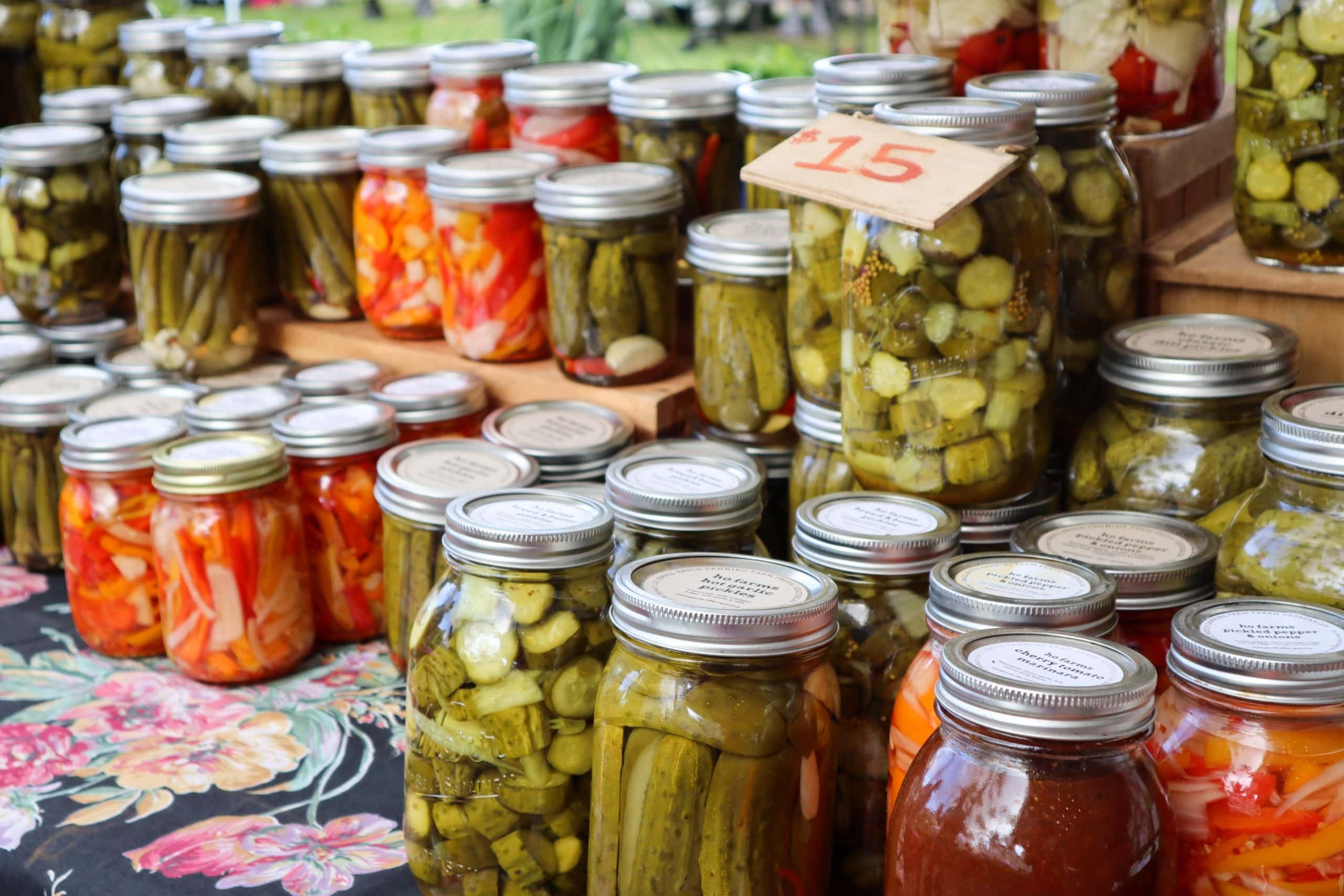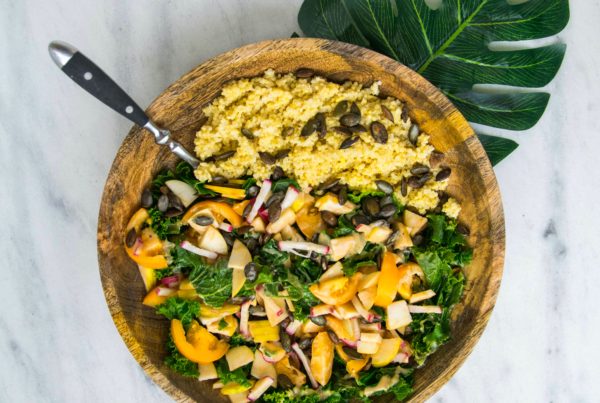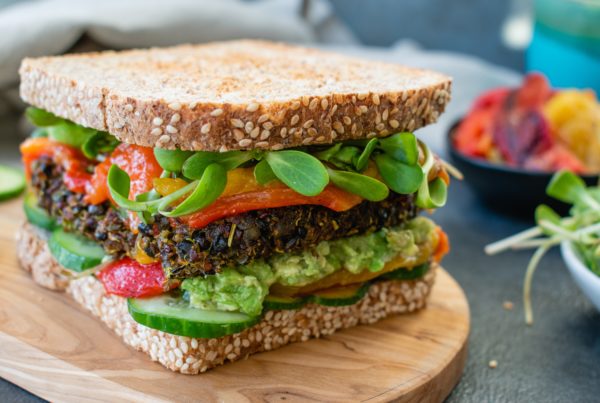Fermented foods and beverages are becoming more widely available as well as becoming increasingly popular. So, what exactly happens to the food for it to become fermented?
What are fermented foods?
Fermented foods are foods and beverages that go through a controlled microbial growth and fermentation. Fermentation happens in an anaerobic (without air) environment where microorganisms such as bacteria and yeast break down food components such as sugar (glucose) and form it into organic acids, gases and alcohol. This gives the fermented foods their unique taste, texture, aroma and appearance.
What are some common fermented foods?
- Kombucha – fermented tea that is refreshing to drink
- Miso – fermented soybean that is a common Japanese seasoning
- Kimchi – fermented cabbage that is a popular Korean side dish
- Yogurt – fermented milk that is great for breakfast
Benefits of fermented foods?
Many fermented foods have probiotics because they naturally occur in the foods or are added in. Probiotics are live microorganisms that are crucial for a healthy digestion. The microorganisms benefit the gut by creating a more beneficial environment which can help with one’s overall health.
Fermented foods were historically valued for their improvement in shelf life and unique taste; however, now it can be considered a deliciously easy way to promote a healthy gut.



